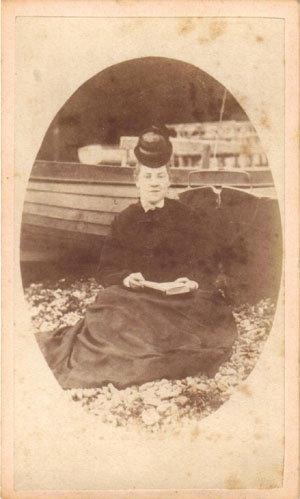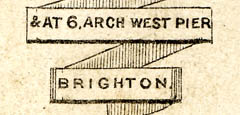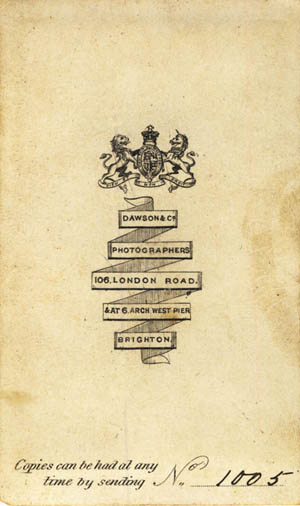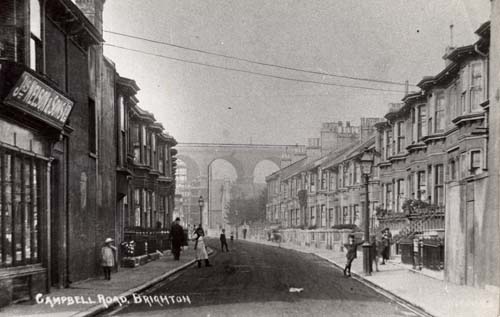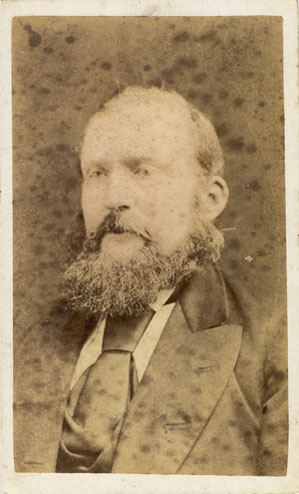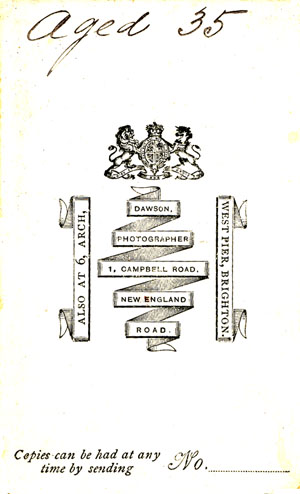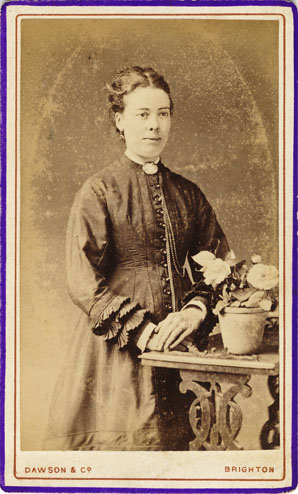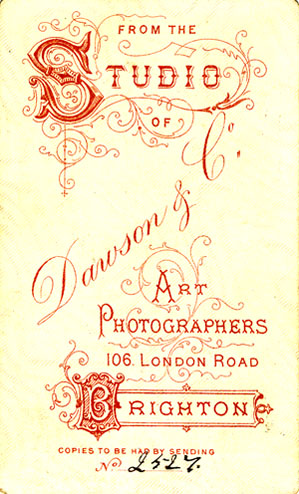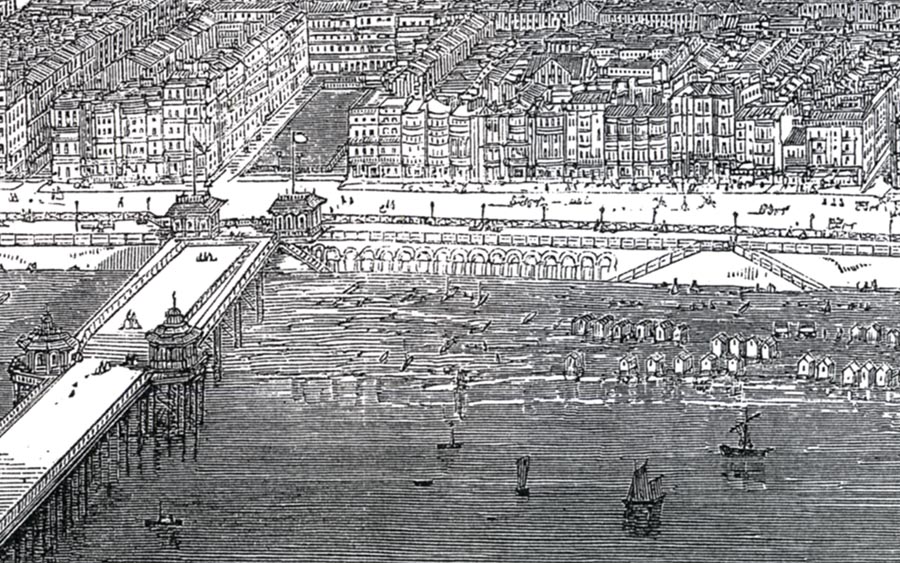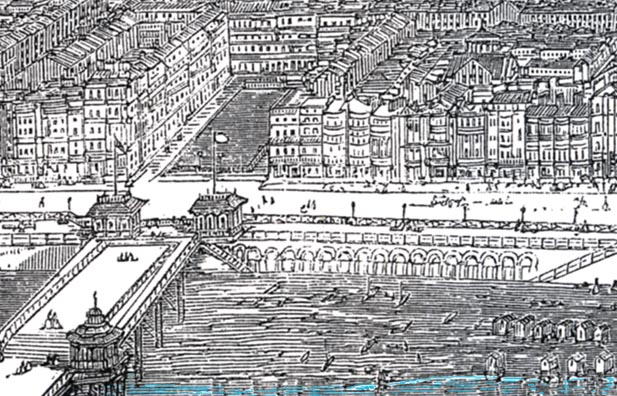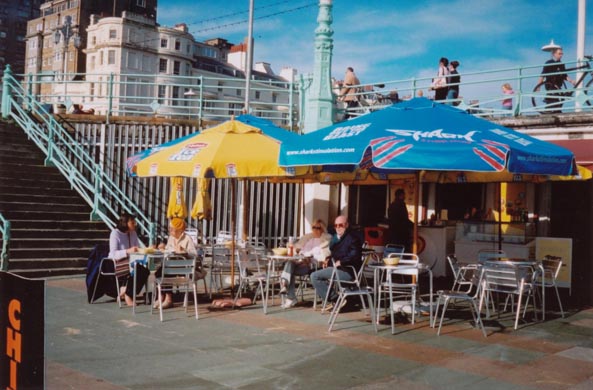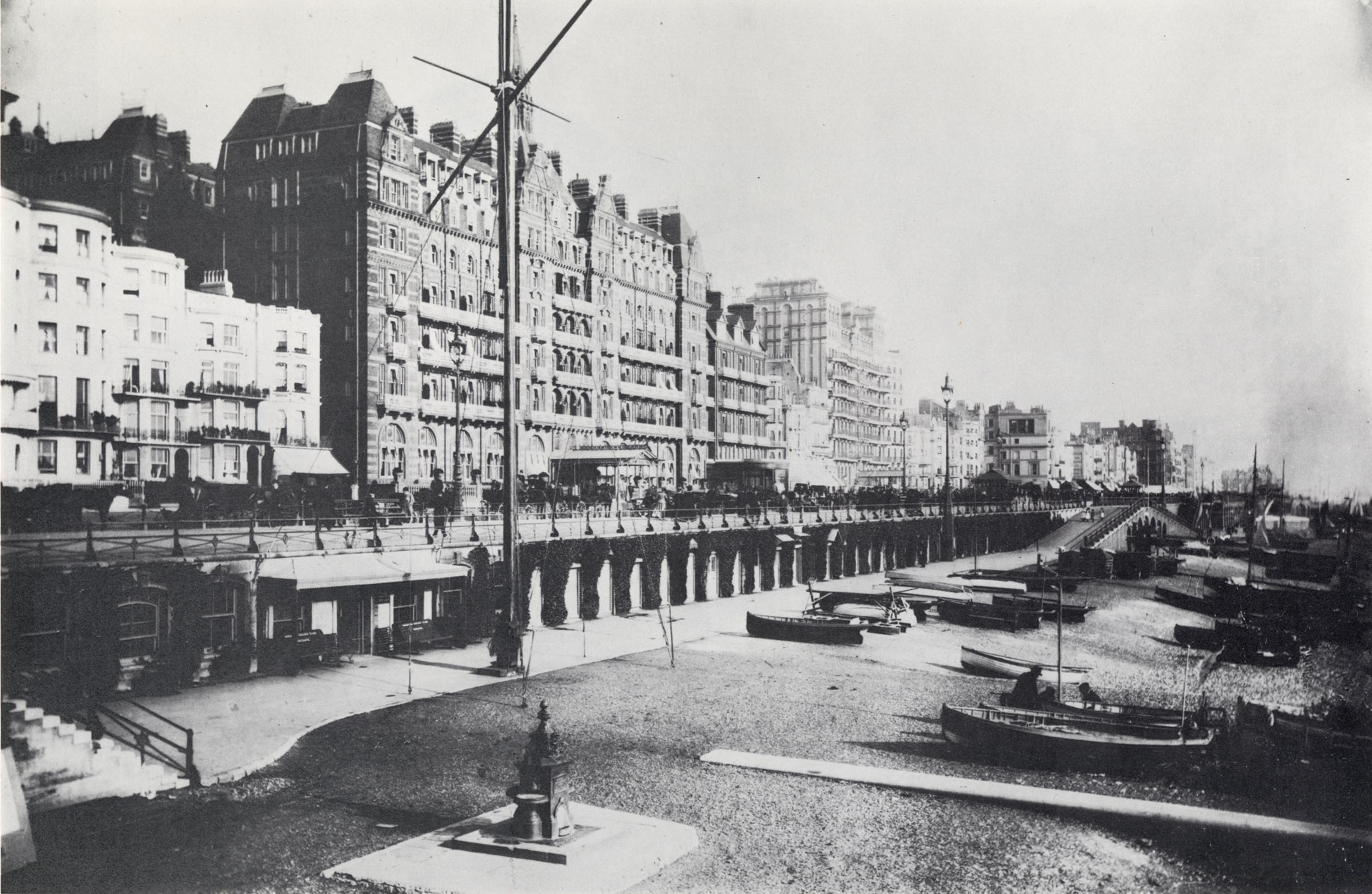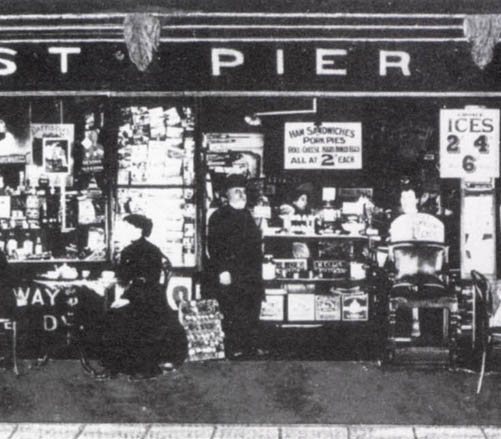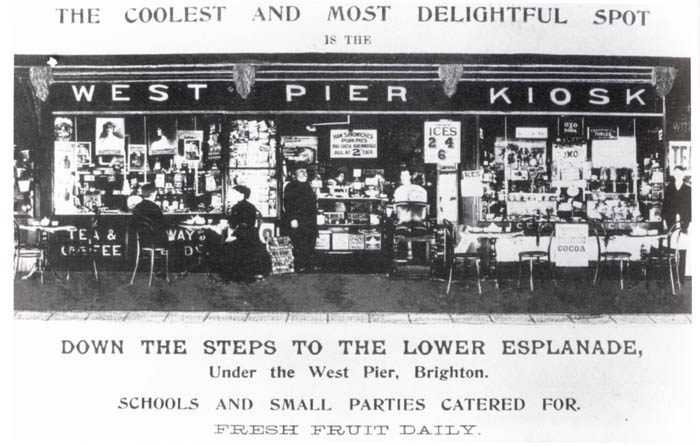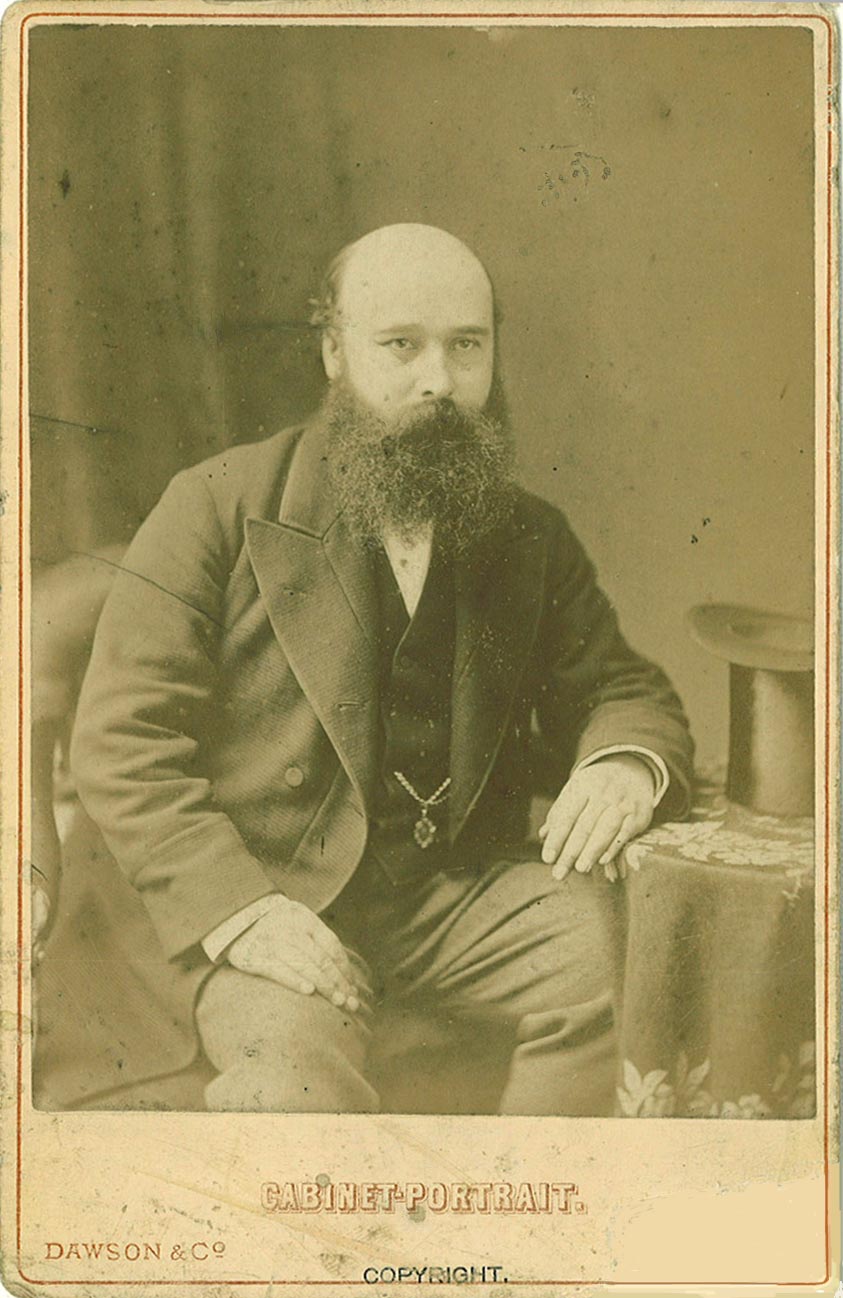 [ABOVE] A cabinet portrait by Dawson & Co. of Brighton which is believed to show William Dawson (1843-1920), the proprietor of the photographic studio in London Road, Brighton. [ PHOTO : Courtesy of Jonathan Newman] |
William Dawson (born 1843, Bury, Huntingdonshire - died 1920, Preston, near Brighton) William Dawson was born on 1st July 1843 in Bury, Huntingdonshire. William was the second eldest of seven children born to Sarah Ricketts and William Dawson senior, a blacksmith. In his teens, William Dawson junior left home to enter domestic service. At the time of the 1861 census he was working as a servant in a Cambridgeshire household. Working alongside William Dawson in 1861 was a fellow servant, Ann Elmer (born 1842, Upwell, Cambridgeshire/ Norfolk). Ann probably introduced William Dawson to her older sister Susan Elmer Hunter (born 1840, Upwell, Cambridgeshire/Norfolk), who was working as a domestic servant in Surrey at the time of the 1861 census. Susan Elmer Hunter was born in the village of Upwell ( a fenland village on the border between Cambridgeshire and Norfolk) on 3rd June 1840 to a single woman named Ann Hunter. Susan Hunter was baptised on 28th June 1840, around the time her mother Ann Hunter married William Elmer. [Marriage of William Elmer and Ann Hunter was registered in the district of Wisbech during the 2nd Quarter of 1840]. When William Dawson married Susan Elmer Hunter at St. Mary's Church in Marylebone, London, on 12th August 1863, he gave his occupation as "Coachman". At the time of their marriage, William Dawson had just turned twenty and Susan, his bride, was twenty-three and expecting a baby. The couple's first child, a daughter named Priscilla, was born in Marylebone, London on 9th January 1864. A son called Fred was born in London in 1866 [ birth registered in the London district of Marylebone during the Second Quarter of 1866]. In the late 1860s, the Dawson family left London and travelled south. In the Summer of 1868, the Dawsons were in Shipbourne, Kent where William and Susan's third child, Alice, was born. William Dawson in Brighton By 1870, William Dawson and his family had arrived in Brighton and William's fourth child, Laura Clara Dawson was born in this seaside town during the Second Quarter of that year. By the early 1870s, William Dawson was working as an itinerant photographer, travelling around the seaside resorts on England's south coast. At the time of the 1871 Census, William Dawson was earning a living as a photographer in Littlehampton and boarding at temporary lodgings. By 1872, William Dawson had returned to his family in Brighton, where a fifth child, Arthur, was born. William Dawson's sixth child, a son named William Henry (known as Henry), was born in Brighton around 1874. The next addition to the family was Susan Helen Dawson, who was born in Brighton in 1876. Ada Florence Dawson (born 1877, Brighton ) and Charles Dawson (born 1879, Brighton) completed the family. For a number of years, William Dawson and his family lived or worked in Campbell Road, near Preston Circus in Brighton. Initially, William Dawson worked from 1 Campbell Road, Brighton, but from about 1874, under the business name of "Dawson & Co.", he operated from premises at 106 London Road, Brighton. The firm of Dawson & Co. was still producing studio portraits at 106 London Road when Page's Directory of Brighton was published in 1882. For about forty years, from around 1872 until about 1912, William Dawson operated as a photographer on Brighton's seafront. Dawson combined his photography business with various other commercial ventures on Brighton's lower esplanade. Over a period of nearly fifty years, Dawson earned his living on Brighton's seafront as a photographer and the proprietor of a restaurant and refreshment rooms in the King's Road Arches. |
